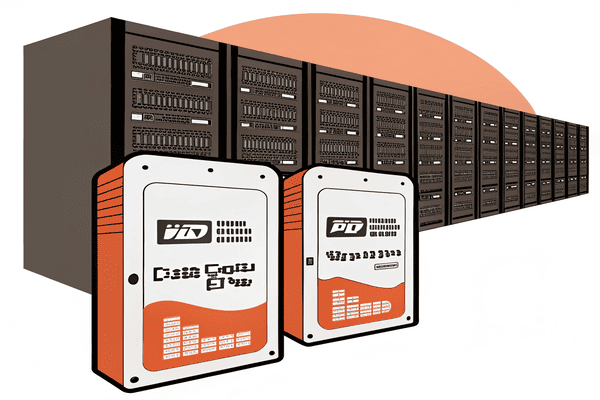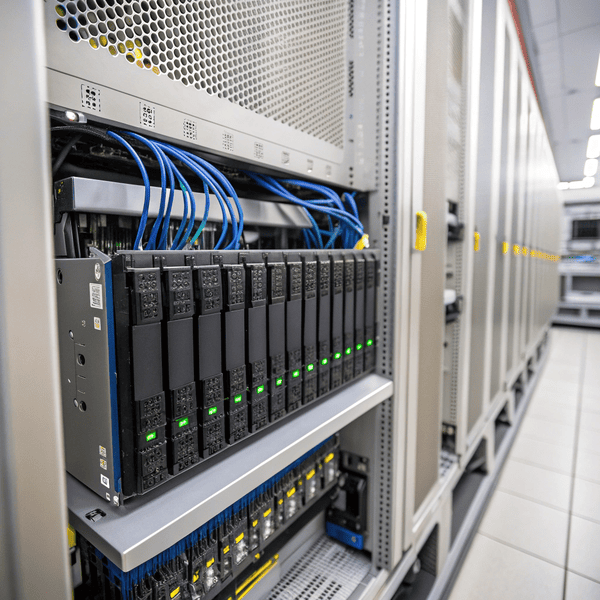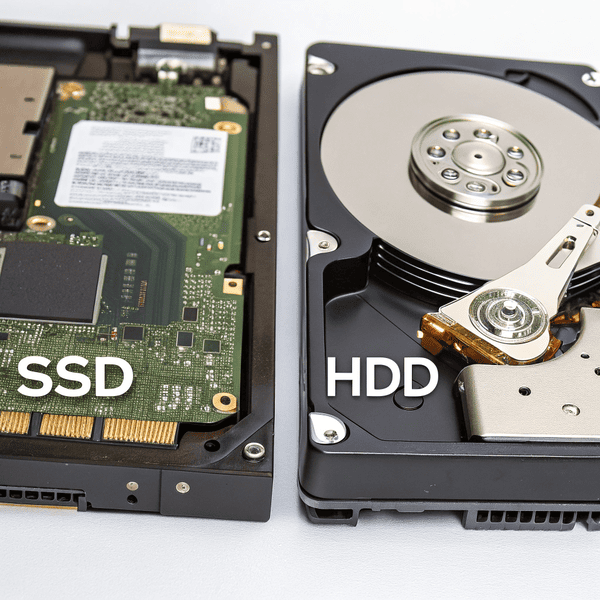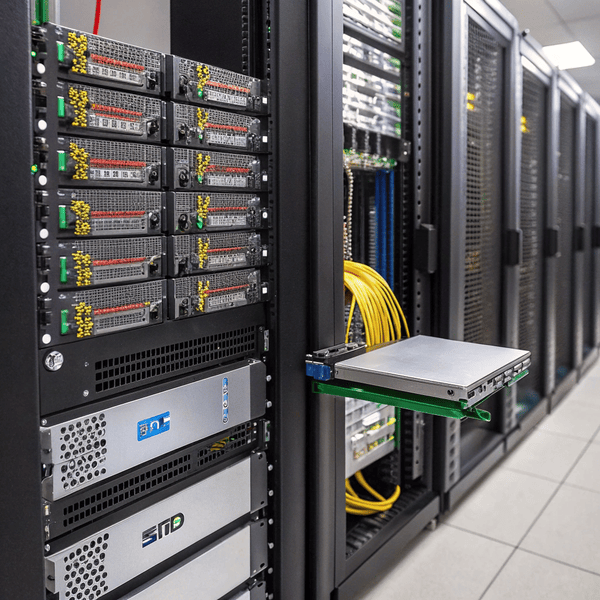Speed, reliability, and storage capacity are vital for modern data centers, but what drives actually power the world’s cloud and enterprise servers today?
Western Digital’s Ultrastar and WD Gold hard drives are widely used in data centers, offering high capacities, enterprise reliability, and long warranties suited for rigorous, 24/7 operations.[13][14]
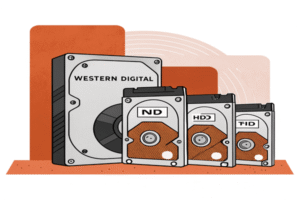
When searching for When searching for data center storage, most people focus on raw capacity[^1] or low cost per terabyte. However, in my years of trading and designing with data center customers
[^1]: Understanding the impact of raw capacity on performance can help you make informed decisions for your data center needs.
, most people focus on raw capacity or low cost per terabyte. However, in my years of trading and designing with data center customers, I’ve learned the technology and support behind each hard drive is just as crucial as headline specifications. Read on to see how Western Digital shapes the backbone of enterprise storage.
What hard drives are used in data centers?
There’s a big market for consumer drives, but do data centers demand something different for scale and 24/7 reliability?
Data centers use specially designed enterprise hard drives. Western Digital’s Ultrastar series is one of the most popular, offering models like the DC HC570 (22TB), DC HC560 (20TB), and DC HC580 (24TB+), built for high workload and always-on durability.[13][12][14][9]
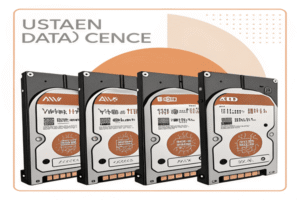
I’ve worked with teams setting up I’ve worked with teams setting up large-scale NAS and server clusters, and one lesson stands out: you can’t put consumer drives into racks and expect 24/7 performance[^1] under heavy load
[^1]: This resource will help you understand strategies to maintain optimal performance in server setups around the clock.
and server clusters, and one lesson stands out: you can’t put consumer drives into racks and expect 24/7 performance under heavy load. Data center HDDs, like Western Digital’s Ultrastar line, stand apart due to their advanced engineering for massive scale, helium-sealed construction (HelioSeal), and technologies for energy savings and high-density storage.[9][14]
Even among demanding workloads, such as Big Data, AI, and video surveillance, WD’s Ultrastar drives (spanning up to 26TB per drive and using innovations like CMR, SMR, OptiNAND, and UltraSMR) are proven choices for cloud, enterprise, and hyperscale environments.[14] The WD Gold drives are also built for enterprise, offering top reliability and a five-year warranty.[13] Most mainstream data centers use drives like Ultrastar DC HC570, DC HC560, HC580, and even larger SMR variants, selecting capacity and interface type (SATA or SAS) based on the architecture of the storage cluster or application.
| WD Series | Target Use | Typical Capacities | Key Features |
|---|---|---|---|
| Ultrastar DC | Data Centers/Cloud | 8TB – 26TB+ | HelioSeal, OptiNAND, SMR/CMR |
| WD Gold | Enterprise | 1TB – 24TB | Enterprise-class reliability |
| WD Red Pro | NAS/Business | 2TB – 24TB | 24/7 operation, optimized firmware |
Does Western Digital make hard drives?
Western Digital’s name is everywhere in storage, but how involved are they with producing drives?
Yes, Western Digital is one of the world’s largest hard drive manufacturers, producing drives for personal use, enterprise, and particularly for data center environments under brands like Ultrastar and WD Gold.[13][14]

Western Digital has been a global leader in data storage since its founding in 1970, and today stands as a core supplier for both consumer and enterprise hard drives. Their portfolio covers general computing (WD Blue), surveillance (WD Purple), NAS (WD Red, WD Red Plus, WD Red Pro), high-performance and gaming (WD Black), enterprise (WD Gold), and data center/ultra-high density (Ultrastar DC).[13][14][9]
Besides drive capacity and speeds, WD innovates with unique features like HelioSeal (helium-filled drives for higher efficiency), OptiNAND (adding flash for metadata handling), and technologies for write-intensive workloads (e.g., for surveillance or video). Their enterprise offerings, especially Ultrastar and WD Gold, are engineered for reliability, low failure rates, and top performance in environments where downtime is costly.
Does Western Digital manufacture SSDs?
The solid-state drive market is booming. Has Western Digital played a key role or left it to others?
Western Digital used to manufacture and sell SSDs under its own brand, but as of 2025, all WD-branded SSD and NAND memory products have transitioned to SanDisk following a business split. WD now focuses solely on hard drives, while SanDisk continues enterprise and consumer SSD production.[11][13][14]
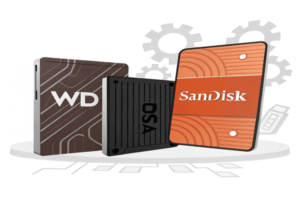
For years, Western Digital was a significant player in the SSD market, especially after its acquisition of SanDisk in 2016.[13][14] They produced SSDs for desktops, laptops, and the data center, with popular NVMe models like They produced SSDs for desktops, laptops, and the data center, with popular NVMe models[^1] like WD Black SN850X known for gaming and professional use
[^1]: Explore this link to discover top NVMe models that enhance gaming and professional performance.
known for gaming and professional use. But starting in October 2023 and finalized in early 2025, Western Digital officially spun off its flash memory and SSD business, transferring all development, branding, and production to SanDisk, their sister brand (both originated from the same merged group after 2016).[11][13][14]
This split means consumers and datacenter buyers seeking new WD-branded SSDs now find equivalent or identical products under the SanDisk label. SanDisk, in turn, maintains partnerships with NAND production giants like Kioxia to supply the technology.[11] WD’s SSD business, especially for enterprise and data center usage, lives on at SanDisk, while Western Digital focuses all new research and manufacturing on hard disk drives (HDDs).
Conclusion
Western Digital is a cornerstone of enterprise and data center storage, producing leading HDDs. Their SSD business now operates under the SanDisk brand.[11][13][14]

